Have you ever stumbled upon the letter H right behind the shoe size of your favorite shoes? Are you confused as to what it could mean?
The truth is that shoe size metrics vary with the different continents and, in some cases, countries. So buying a shoe for the first time and seeing H in it can be somewhat of a shock.
This article, however, will explain what H means when shoe sizes are concerned, highlight some common shoe size letters, and discuss ways to check your shoe size and width correctly.
What Does The Letter H Mean In Shoe Size?
Regarding shoe size and how they are measured, different letters are often used sometimes to indicate either length or width.
One such letter is H, over the years, which has been confusing to people worldwide. Some people think the letter H in shoes means that the shoes were designed for people they consider to have H feet, people with broad and thick feet, narrow heels, and thick ankles.
At the same time, others believe shoes marked with H as scarce shoes, which may not be seen in regular shoe stores.
So what exactly does H mean? When thinking of the letter H in shoes, there are two ways in which it applies.
First, when H follows a shoe size, it usually represents a half-size.
For example, if you find a shoe that is 10H, it simply means that the shoe size is between 10 and 11 or is ten and a half inches.
So if a shoe size ten will be too tight for your feet and size eleven may be too big, you can go for the 10H size, which is in between the two full lengths.
Interestingly, not all of these shoes have the H marked in them, as some shoe producers will instead indicate the sizes on the shoeboxes rather than the shoes themselves.
Second, the letter H also represents shoe width but is limited to men’s shoes and footwear.
Most often, every shoe size has a variation of width attached to it. So shoe companies use H to indicate the widest shoe size available.
Other times, some shoes with extra fitting are also marked with an H to indicate their width. Of course, not everyone would need an H shoe size as it shows you have large feet.
So how to measure the H shoe size?
Measuring H shoe size is also not complicated. Simply measure the width of your bigger foot. If its width falls between 11 and 16 inches, then your shoes will likely have to be H shoe size.
For people with wide feet that are well spread, they would need H-sized shoes to give their feet enough wiggle room.
You will also need an H shoe size if you have thick feet and ankles, as smaller sizes will likely not give your feet the required support.
What Are Some Common Size Width Letters?
Only a few things are more exciting than buying shoes that fit perfectly. Thus, it is necessary to always know your shoe size. Amazingly, buying shoes that are a perfect fit is much easier when you are familiar with the shoe size and width metrics.
In most countries, letters are also used to indicate shoe width. Although these metrics may vary based on location, some common shoe size width letters can help you choose the right shoes.
A:
First, for female shoes, we have the letter A, which stands for narrow. However, you may have noticed with shoe widths and letter representations, letters are often repeated. For example, you have size A and also size AA.
Don’t be confused; the logic here is simple. When a letter is repeated, it means it is extra. So since A indicates narrow, AA is extra narrow while AAA equals super slim.
B:
Second, the letter B represents the average shoe width size for female footwear. Simply put, a woman with a medium-sized foot that is not too narrow or wide will find a B-sized shoe the perfect fit for her feet.
C / D:
Also, we have C, which stands for wide and is slightly beyond average. If you are looking for a slightly wider width, then you can choose shoes marked with letter D.
E / EE:
We also have E, which stands for wide, while EE is extra wide.
For men’s shoes, the letter representation for shoe width starts from B, the narrowest shoe width available.
Interestingly, a few shoes have this width, as it can be pretty challenging to find men whose feet will fit such shoes. After this, we have shoe size C, which is also narrow but not as slim as B.
Next, we have D, the average width for men and one of the most common shoe sizes in men’s footwear.
We also have E, EE, and EEE, which all stand for extra wide and represent various degrees of wideness.
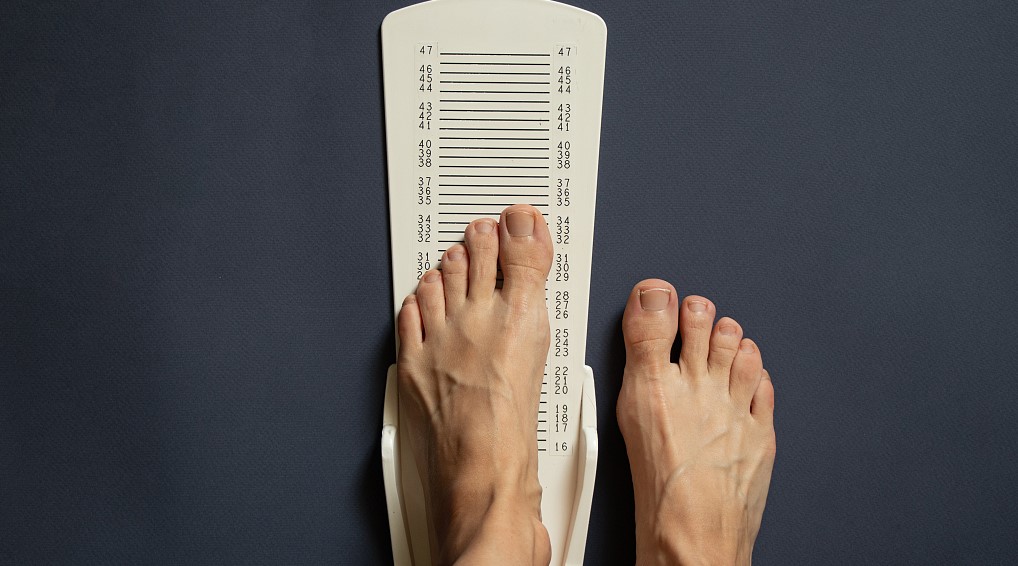
How to Correctly Check Shoe Size And Width?
Before buying any shoe, you need to be certain that it is not either too big or too small for your feet as this determines the level of comfort you get with them.
When your shoes are too tight, your toes will likely suffer more as they will be uncomfortably stuffed together.
They can also affect your posture and body carriage. Also, with oversized shoes, your feet have too much space within the shoes. When this happens, it is much easier for them to keep sliding forward while you are walking and this causes blisters and calluses to form on your heels and under your soles.
Knowing your exact shoe measurements is the first step to getting shoes that will fit well. You will need a colored pencil, preferably one that is not black, so the markings you’d make will be very visible.
You would also use a piece of paper and either a ruler or measuring tape. Start your measuring by putting your bigger foot on the piece of paper while either sitting or crouching and trace an outline of your foot.
Once you have finished the outline, mark the top and bottom on all four sides and then measure both the length and width of your foot. As an extra option, you can place your foot on paper and mark all four sides without tracing the foot.
For more details, you can refer to our Boots Size Guide here.
Men’s Shoe Size Letter Chart
| Shoe Width | Description |
| B | Extra narrow width/extremely slim |
| C | Narrow/Slim |
| D | Average width/Medium |
| E | Wide |
| EE/EEE | Extra wide |
| US Shoe Size | Narrow C | Medium D | Width E |
| 6 | 3 5⁄16″ | 3 1⁄2″ | 3 11⁄16″ |
| 6.5 | 3 5⁄16″ | 3 5⁄8″ | 3 3⁄4″ |
| 7 | 3 3⁄8″ | 3 5⁄8″ | 3 3⁄4″ |
| 7.5 | 3 3⁄8″ | 3 11⁄16″ | 3 15⁄16″ |
| 8 | 3 1⁄2″ | 3 3⁄4″ | 3 15⁄16″ |
| 8.5 | 3 5⁄8″ | 3 3⁄4″ | 4″ |
| 9 | 3 5⁄8″ | 3 15⁄16″ | 4 1⁄8″ |
| 9.5 | 3 11⁄16″ | 3 15⁄16″ | 4 1⁄8″ |
| 10 | 3 3⁄4″ | 4″ | 4 3⁄16″ |
| 10.5 | 3 3⁄4″ | 4 1⁄8″ | 4 5⁄16″ |
| 11 | 3 15⁄16″ | 4 1⁄8″ | 4 5⁄16″ |
| 11.5 | 3 15⁄16″ | 4 3⁄16″ | 4 3⁄8″ |
| 12 | 4″ | 4 5⁄16″ | 4 3⁄8″ |
| 12.5 | 4 1⁄8″ | 4 5⁄16″ | 4 1⁄2″ |
| 13 | 4 1⁄8″ | 4 5⁄16″ | 4 5⁄8″ |
| 13.5 | 4 3⁄16″ | 4 3⁄8″ | 4 3⁄4″ |
Women’s Shoe Size Letter Chart
| Shoe Width | Description |
| AA | Extra narrow |
| A | Narrow |
| B | Average/Medium |
| C | Slightly wide |
| D | Wide |
| E/EE | Extra wide |
| US Shoe Size | Narrow AA | Medium B | Wide C/D | Extra-Wide E |
| 5 | 2 13⁄16″ | 3 3⁄16″ | 3 9⁄16″ | 3 15⁄16″ |
| 5.5 | 2 7⁄8″ | 3 1⁄4″ | 3 5⁄8″ | 4″ |
| 6 | 2 15⁄16″ | 3 5⁄16″ | 3 11⁄16″ | 4 1⁄16″ |
| 6.5 | 3″ | 3 3⁄8″ | 3 3⁄8″ | 4 1⁄8″ |
| 7 | 3 1⁄16″ | 3 7⁄16″ | 3 13⁄16″ | 4 3⁄16″ |
| 7.5 | 3 1⁄8″ | 3 1⁄2″ | 3 7⁄8″ | 4 1⁄4″ |
| 8 | 3 3⁄16″ | 3 9⁄16″ | 3 15⁄16″ | 4 5⁄16″ |
| 8.5 | 3 1⁄4″ | 3 5⁄8″ | 4″ | 4 3⁄8″ |
| 9 | 3 3⁄8″ | 3 3⁄4″ | 4 1⁄16″ | 4 7⁄16″ |
| 9.5 | 3 3⁄8″ | 3 3⁄4″ | 4 1⁄8″ | 4 1⁄2″ |
| 10 | 3 7⁄16″ | 3 3⁄4″ | 4 3⁄16″ | 4 9⁄16″ |
| 10.5 | 3 1⁄2″ | 3 7⁄8″ | 4 1⁄4″ | 4 5⁄8″ |
| 11 | 3 9⁄16″ | 3 15⁄16″ | 4 5⁄16″ | 4 11⁄16″ |
| 12 | 3 11⁄16″ | 4 1⁄16″ | 4 7⁄16″ | 4 13⁄16″ |
Conclusion
Don’t be confused when you see the letter H on your shoebox or inside your shoes. If it’s a male shoe, then it could be the largest available size of such a brand.
Also, when it is attached to a number, it means that the shoe is halfway between two shoe sizes.
In choosing a shoe size, you should also consider its width, and letters such as A, AA, B, C, D, E, EE, and EEE help represent shoe width. You can also measure your foot to know its exact measurements before your next visit to your favorite shoe store.


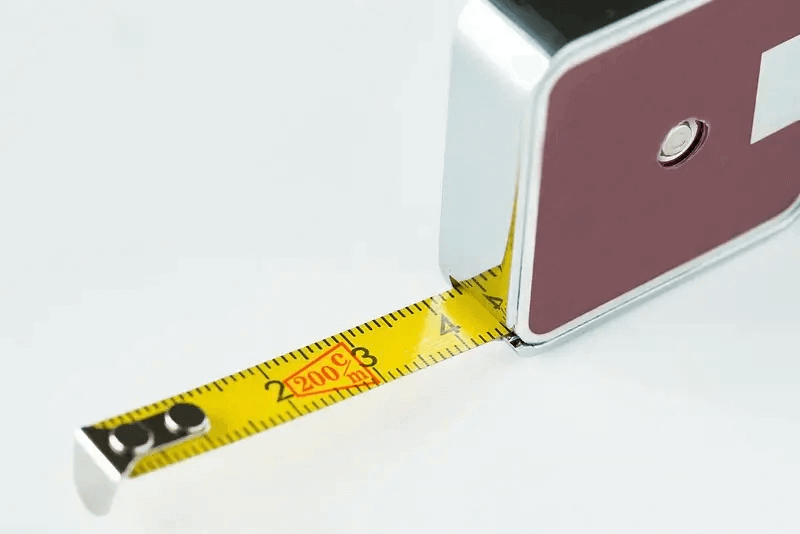




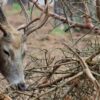
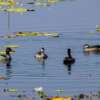
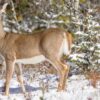









Leave a reply